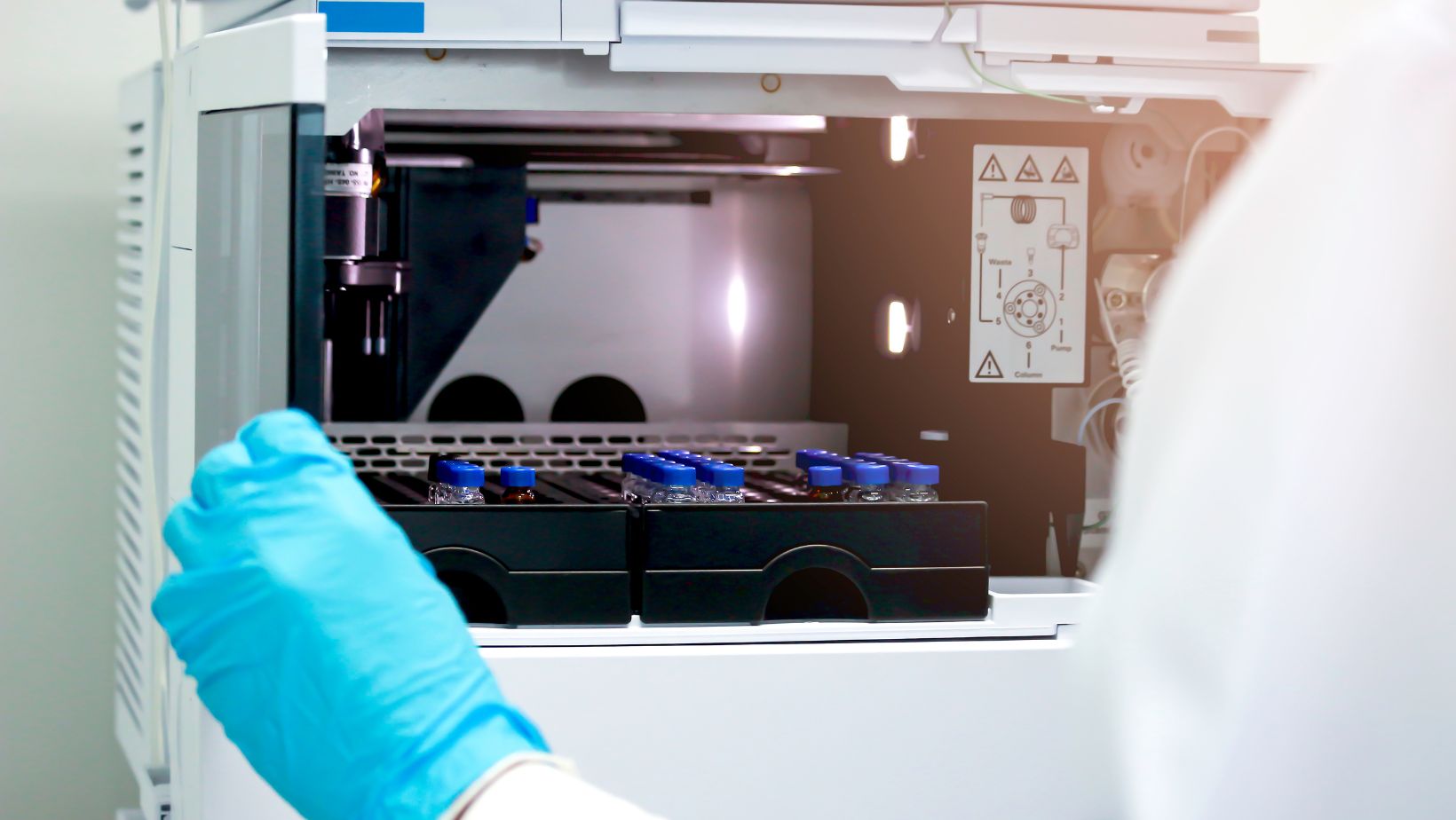
In analytical chemistry, the quest for precision and accuracy is unending. Scientists and researchers constantly seek innovative techniques to analyze elements and compounds efficiently. One technique revolutionizing elemental analysis is Inductively Coupled Plasma Optical Emission Spectroscopy (ICP OES).
This article will let you explore the intricacies of ICP OES instruments, exploring their principles, applications, benefits, and considerations.
ICP OES Instruments Principles
At the heart of ICP OES lies the principle of plasma excitation. When a sample is introduced into an argon plasma torch, it is vaporized and atomized at high temperatures, leading to the formation of free ions and electrons.
Subsequently, these species undergo excitation and emit characteristic electromagnetic radiation when returning to their ground state. This emitted radiation is then dispersed and detected by an optical system, allowing for the qualitative and quantitative analysis of elements present in the sample.
Applications of ICP OES in Various Fields
ICP OES instruments find extensive applications across diverse industries and disciplines, such as the following:
Environmental Analysis
● Detection of trace metals in water: Monitor and analyze trace metal contaminants in natural water sources, ensuring compliance with environmental regulations.
● Soil and sediment analysis: Detecting heavy metals and other pollutants in soil.
● Air quality monitoring: Identify and quantify metal pollutants in atmospheric aerosols, contributing to air quality assessments and pollution control efforts.
Pharmaceutical Industry
● Elemental impurity analysis: Detecting and quantifying elemental impurities, such as heavy metals, in drug formulations.

● Raw material analysis: Verify the elemental composition of raw materials used in pharmaceutical manufacturing, ensuring compliance with regulatory standards.
Metallurgical Analysis
● Alloy composition analysis: Determines the elemental composition of metallic alloys, essential for quality control in metallurgical processes such as casting and forging.
● Trace element analysis in metals: Identify and quantify trace elements present in metal samples.
Geological Exploration
● Mineral exploration: Analyze rock and soil samples for trace elements indicative of mineral deposits, assisting in geological prospecting and resource assessment.
● Geochemical analysis: Helps study the elemental composition of geological materials, providing insights into geological processes and environmental conditions.
Food and Beverage Testing
● Contaminant analysis: Detects and quantifies heavy metal contaminants in food and beverage products, ensuring consumer safety and compliance.
● Nutritional analysis: Determines the elemental composition of food samples, aiding in nutritional labeling and quality control.
Forensic Investigations
● Trace evidence analysis: Used in forensic laboratories to analyze trace elements present in crime scene samples, such as glass fragments or gunshot residue.
● Toxicology: Helps detect and quantify toxic elements, such as arsenic or lead, in biological samples, contributing to forensic toxicology assessments.
ICP OES Instruments Benefits
The widespread adoption of ICP OES instruments can be attributed to their numerous advantages. Firstly, they offer unparalleled sensitivity, capable of detecting elements at parts-per-billion (ppb) levels.

This sensitivity, coupled with multi-element capabilities, enables comprehensive elemental analysis with minimal sample preparation.
Additionally, ICP OES instruments exhibit excellent precision and accuracy, ensuring reliable results even for complex matrices. Also, their high throughput capabilities and automation features enhance productivity and efficiency in analytical laboratories.
Considerations for Instrument Selection
When selecting an ICP OES instrument, several factors must be considered to meet specific analytical requirements. The instrument’s detection limits, dynamic range, and spectral resolution are critical parameters that dictate its suitability for different applications.
Moreover, factors such as sample throughput, maintenance requirements, and operational costs should be evaluated to ensure optimal instrument performance and cost-effectiveness. Additionally, compatibility with auxiliary techniques, such as sample introduction systems and data analysis software, may influence instrument selection based on experimental needs.
ICP OES instruments represent a cornerstone in the field of elemental analysis, offering unparalleled sensitivity, precision, and versatility. Their widespread applications across various industries underscore their significance in scientific research, environmental monitoring, quality control, and regulatory compliance.
However, selecting the right instrument involves careful consideration of numerous factors to ensure optimal performance and cost-effectiveness. As technology continues to advance, the evolution of ICP OES instruments promises to further enhance analytical capabilities and contribute to advancements in science and industry.










